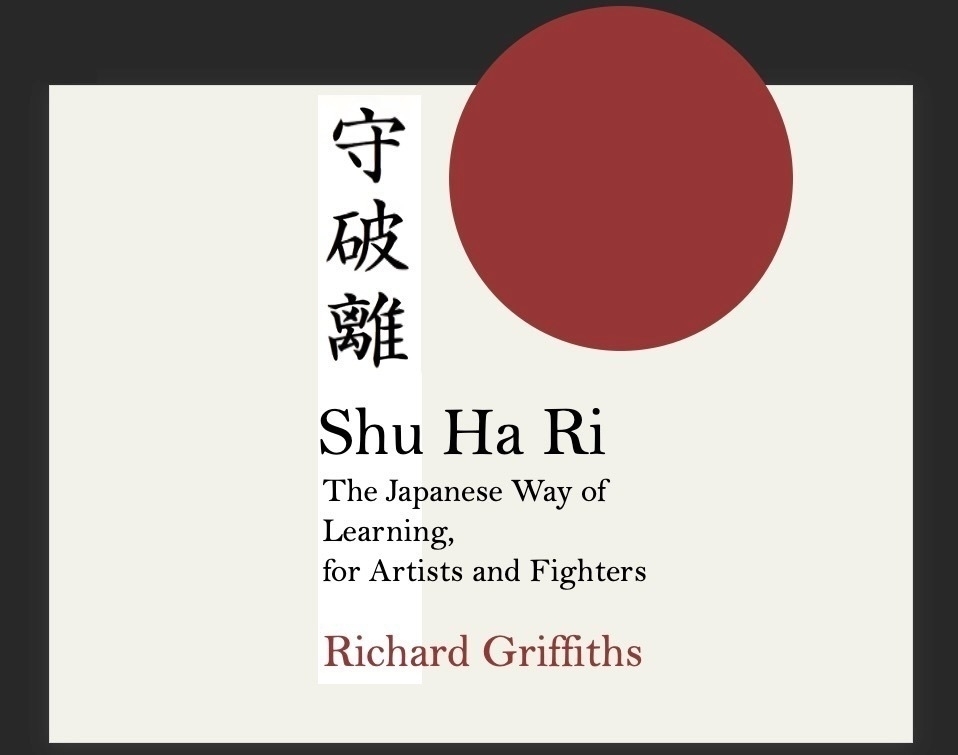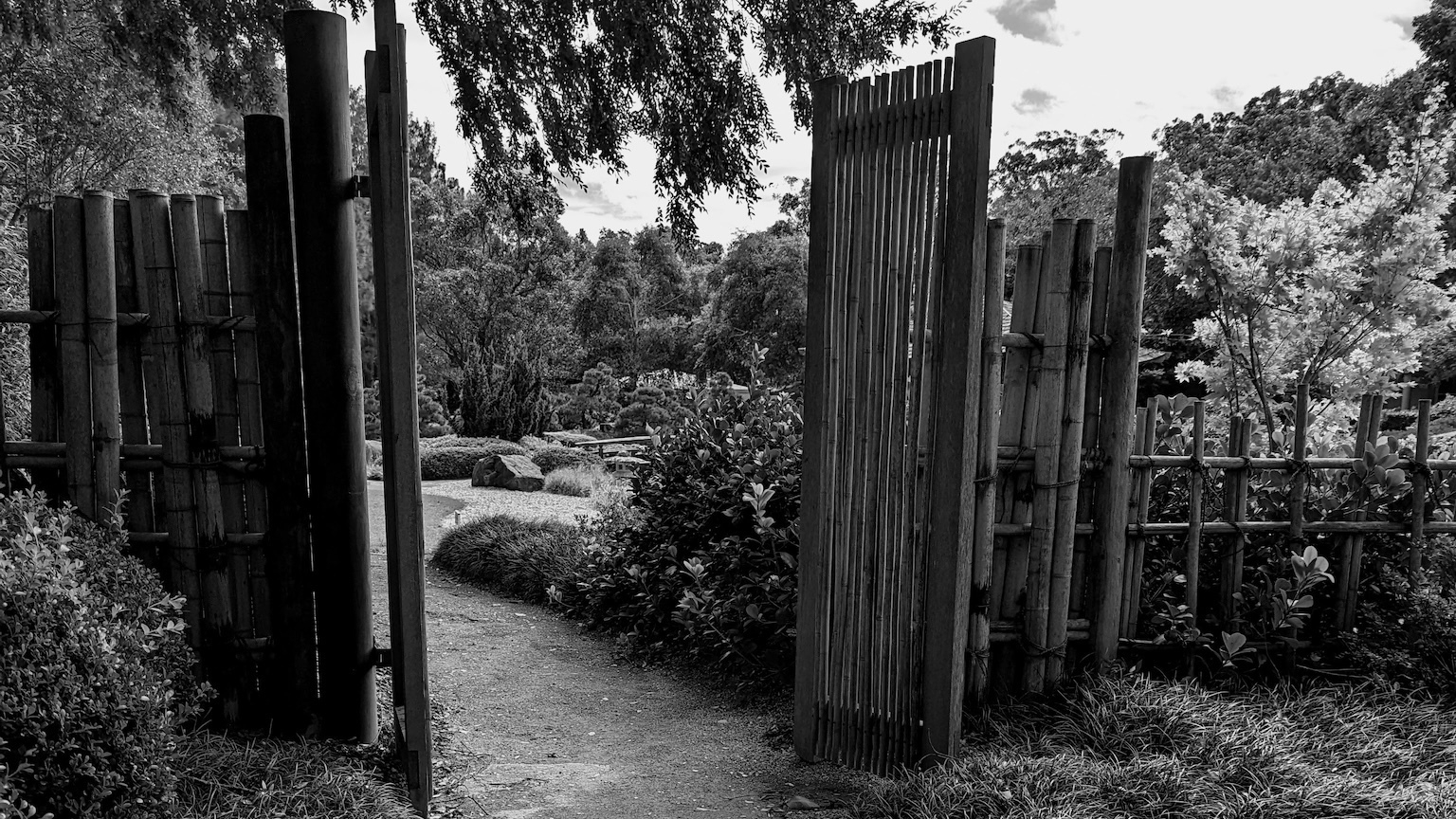Shu Ha Ri
The Japanese Way of Learning, for Artists and Fighters

Master the art of true learning in any field
The journey from novice to expert follows a timeless path, known in Japan as Shu Ha Ri. Inspired by the wisdom of Japan’s martial and artistic disciplines, this book will help you to:
- Understand how learning works in any skill or subject
- Find confidence and direction in your own learning journey
- Transform the way you think about gaining and sharing expertise
In an era dominated by digital learning and AI, we’ve lost sight of a fundamental truth: true learning is a deeply human and social act. Technology offers resources, but it can never replace the nuanced transmission of knowledge between a committed teacher and a keen student.
Shu Ha Ri: The Japanese Way of Learning highlights the dynamic partnership between student and teacher. It demonstrates that true expertise is a continuous cycle of learning, adapting, and passing on wisdom. To learn is to connect with past generations and bravely guide the next.
Whether you’re learning a craft, sport, or skill, or teaching one, Shu Ha Ri: The Japanese Way of Learning will help you move beyond mere competence to achieve true excellence. If you’re ready for a more effective, human-centered path to mastering any skill, “Shu Ha Ri” is your essential guide.

守 破 離
Shu Ha Ri, the powerful concept from the traditional Japanese arts, provides an enduring framework for understanding the distinctly human journey of learning. Although it originated in Japan, it’s a set of ideas that go beyond cultural boundaries. This deceptively simple phrase, of just three short syllables, is key to passing on knowledge from one generation to the next, yet without stifling innovation and change.
Shu Ha Ri can be translated, quite simply, as ‘hold-break-leave’, a phrase which captures the evolving stages of learning:
守
Shu (Hold): At first the students meticulously imitate their teacher, grasping the fundamentals through close observation and practice. The teacher provides essential guidance in a protective environment, ensuring that students build a solid foundation right from the start of their learning journey.
破
Ha (Break): The students begin to experiment and develop their own style. Meanwhile, the teacher encourages exploration and independent thinking, helping students move beyond their frustrations to refine their skills and discover their unique flair.
離
Ri (Leave): The students transcend the teacher’s teachings, ultimately to emerge as experts themselves. The focus shifts from copying to creating. Students are now capable of not only applying their knowledge but also contributing to the field themselves, potentially even becoming teachers to future generations.
But proficiency isn’t the end of this journey. The path of learning is far from linear. It’s a cycle. True experts return again and again to their ‘beginner’s mind,’ the root of their quest for excellence.
その道に入らんと思う心こそ我身ながらの師匠なりけれ
(Sono michi ni iran to omou kokoro koso waga mi nagara no shishō narikere)To have the mind to enter this path
is, indeed, to have an inherent teacher.
— Rikyū, Hundred Verses, 1
To read Shu Ha Ri. The Japanese Way of Learning for Artists and Fighters, simply order the book (ebook or paperback) on Amazon, wherever you live.
Here are a few links to get you started:
- United States
- Australia
- UK
- Canada
- Japan (English language edition)
There’s a growing library of articles and practical discussion about Shu Ha Ri and how to implement it in both learning and teaching. You can also subscribe to the weekly email digest.